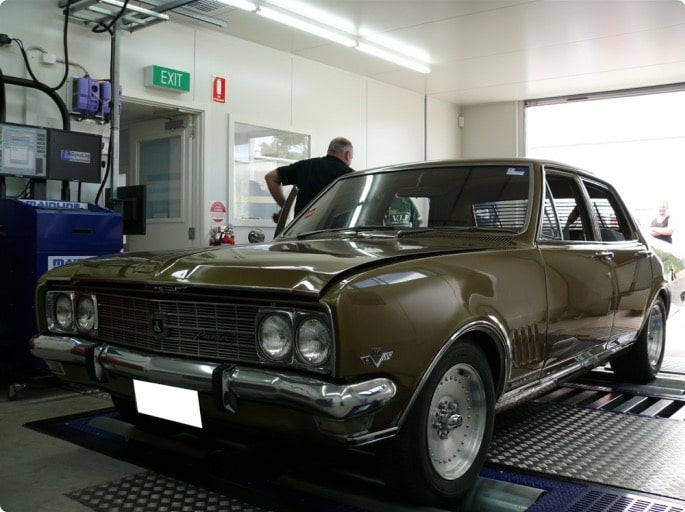Custom tuning Adelaide is the process of modifying an engine to improve its performance. The basic procedure involves adjusting the ignition timing advance, which improves engine performance. Custom tuning can continue once the timing is set to the correct value. Other changes include revving the engine at higher speeds. A tuning expert can also recommend specific modifications for the car.
Custom tuning is a highly personalised process that requires extensive research before the final installation. The process of custom tuning a vehicle can be overwhelming, but it’s well worth it.
Stage 1 files work with all of the standard hardware

The OTS Maps work with all standard hardware for custom tuning Adelaide and are compatible with stock cars and vehicles with high-flow downpipes. They carry power to redline and boost horsepower and torque. The remapping process allows the user to tweak the parameters of the stock engine as well as add more power to the turbocharger. The advanced parameters include the ability to monitor the performance of both stock and modified cars.
The Stage 1 remap works with stock hardware and unlocks the maximum potential of your ECU. This process can be performed through the vehicle’s OBD port without any other engine modifications. Stage 1 files can improve fuel economy after they have settled down. There are Stage 1 files available for VW, BMW, Ford, and other makes. This process is safe, simple, and effective.
Stage 3 files address every variable
In most cases, the custom tuning Adelaide process starts with developing Stage 2 files. This type of tuning is designed for engines that have only been given minimal changes, such as installing a sport filter, intercooler, downpipes, or sport cats. A custom tuning process that targets more than 18PSI will require Stage 2+ files. The following are the main variables to consider when developing a custom tuning file:
When designing a tuning file, always include all the variables in the vehicle. Stage 3 files will remove restrictions from the ECU and replace parts with those that can withstand extra stress while still delivering the expected performance. Creating Stage 3 files requires complete data logs, knowledge, and tools. If you do not know what you’re doing, you may damage your engine. If you’re not experienced, don’t try it without consulting a professional.
Stage 4 files address every variable in the ECM
In addition to providing an ECM’s overall energy performance, Stage 4 files should also contain detailed inputs that account for every variable in the ECM. These inputs are similar to energy performance but may also be broken down by building type and specified as point values or probability distributions. Each input should follow the formatting guidelines described for other stages, including the ECM’s author. Stage 4 files should also include detailed inputs for the market scaling fraction, which can be accessed through a toggle option.
Stage 6 files address every variable in the ECM
ECM biomarkers can be used to target tumour-associated fibroblasts with targeted therapies. These biomarkers can help doctors select the most effective drugs with minimal toxic side effects. Unfortunately, the lack of specific ECM biomarkers has made rational therapeutic design difficult. Without specific ECM biomarkers, it is impossible to identify which cancer-associated fibroblasts should be targeted and which should not.
Stage 7 files address every variable in the ECM
The Stage 7 files include several configuration options. Among them is the extra factors. The extra factors are used in the API dox generation tool. The Brent-Suyama extension and the custom CMake template are two examples. The additional options include ECM_QCH_DOXYGEN_QHELPGENERATOR_EXECUTABLE, ECM_QCH_DOXYGENS_TAGFILE, and ECM_QCH_DOXYGen_PROJECTVERSION. This last option is used conjunction with ECM_QCH_DOXYGEN_QHELPGENERATOR_EXECUTABLE, ECM_QCH_DOXYGAMESPACE, and ECM_QCH_DOXYGE_WARN_LOGFILE.
Stage 8 files address every variable in the ECM
Understanding the ECM composition and function of tumors may help discover new therapeutic targets. This study has discovered that tumour-derived ECM components manifest during the diseased state. Furthermore, this study reveals that gene signatures can target cancer-associated fibroblasts. These studies aim to identify biomarkers of ECM components and design rational therapy to target these cells. While these studies are promising, they are limited by a lack of knowledge about ECM biomarkers. Identifying specific biomarkers will allow us to develop less-toxic targeted therapies.